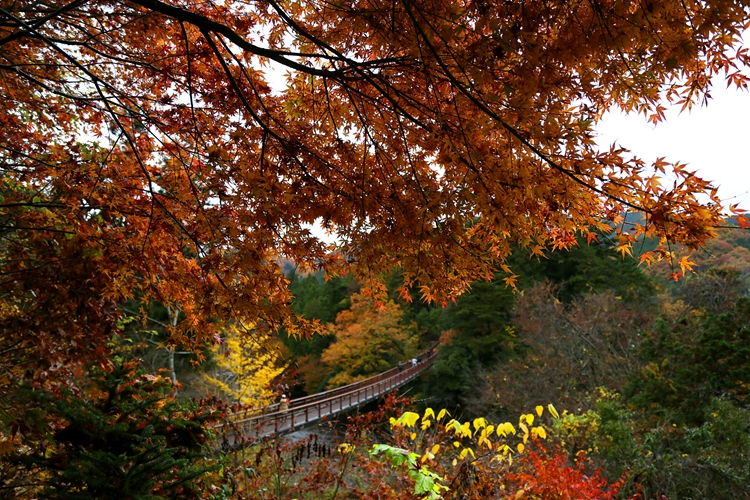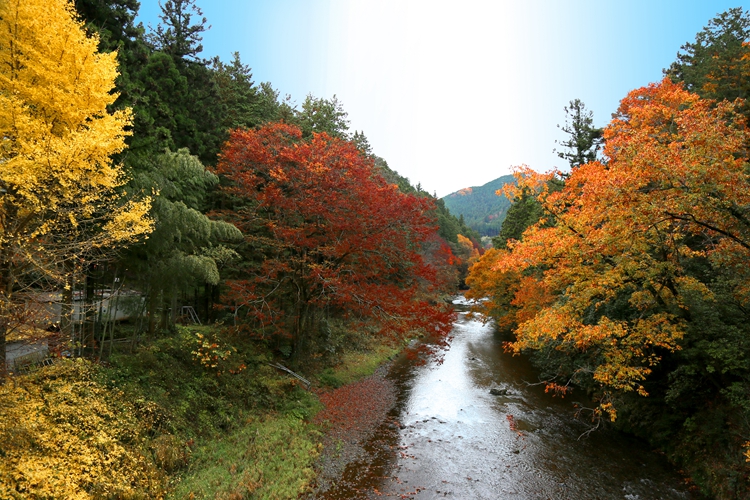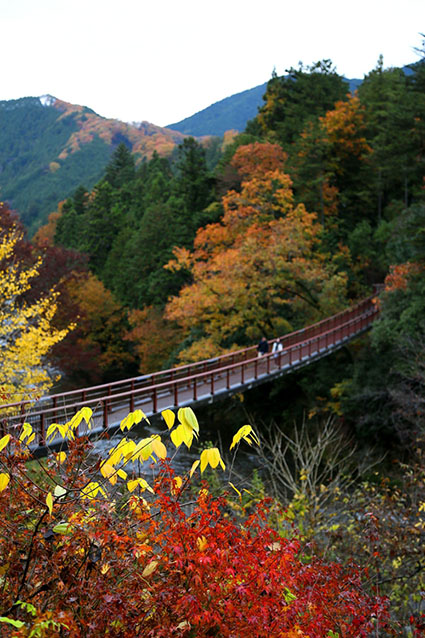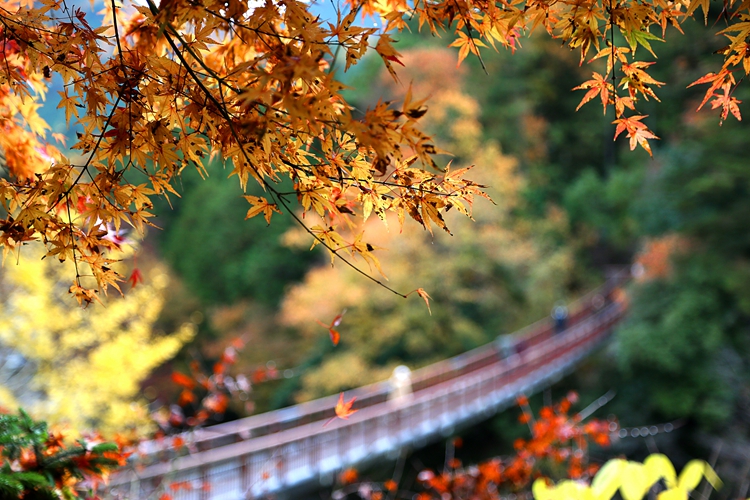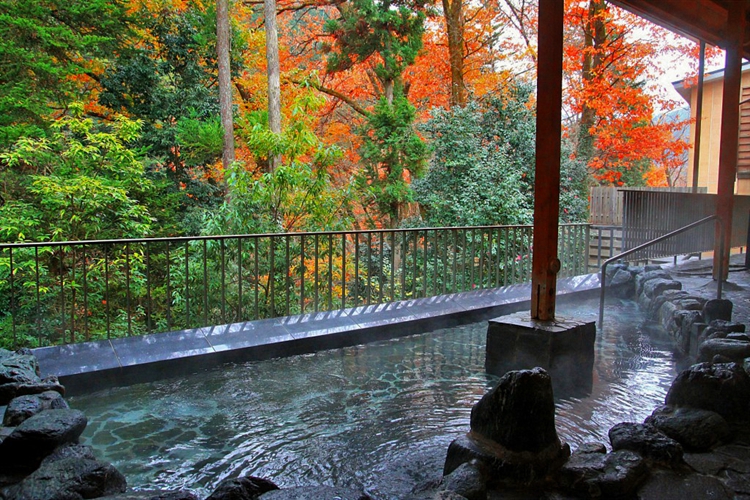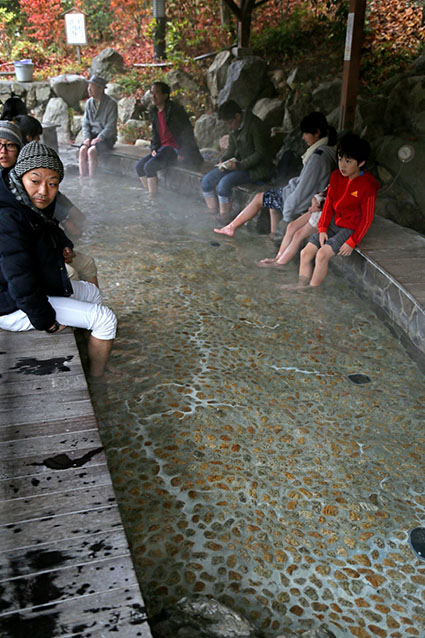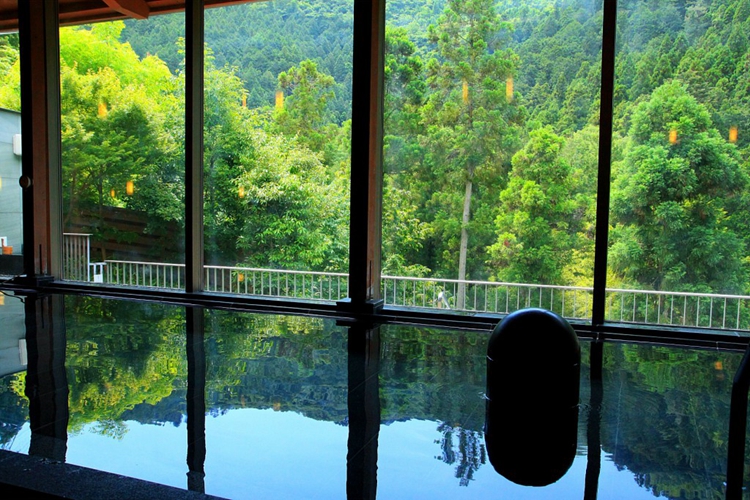Day 1
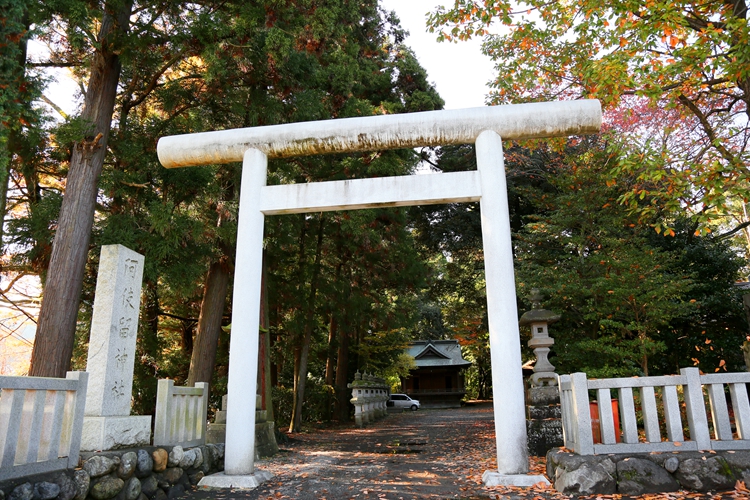
Arriving at Akiru Shrine
Entering my first stop at Akigawa Valley - Akiru Shrine.
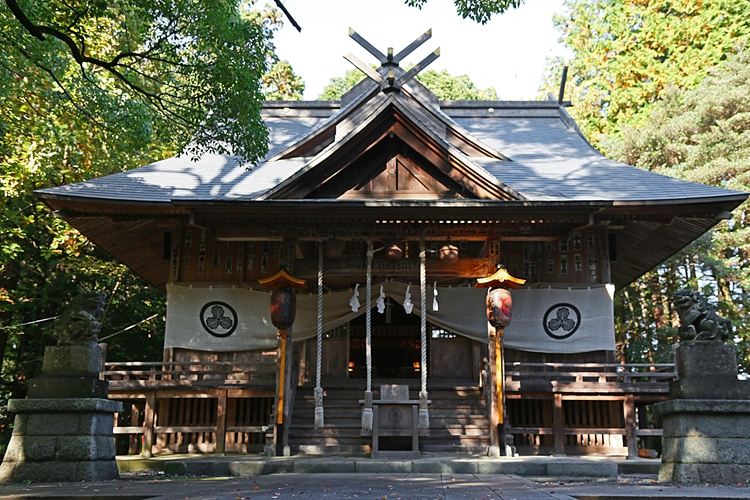
Akiru Shrine
Akiru Shrine is one of the oldest shrines in Japan. It is not known when it was constructed, but the earliest recorded
mention dates back to the 8th year of the Gangyo era (884 AD). However, the shrine was reduced to ashes in the Great
Fire of Itsukaichi in the 1st year of the Tenpo era (1830). Japanese-style shrines, unlike the majestic grandeur of Chinese temples, emphasize a more peaceful beauty. They focus on
the harmony between gods and nature, the setting of buildings amids plants. There is a kind of intruguing and
transcendent beauty where everything complements harmoniously.
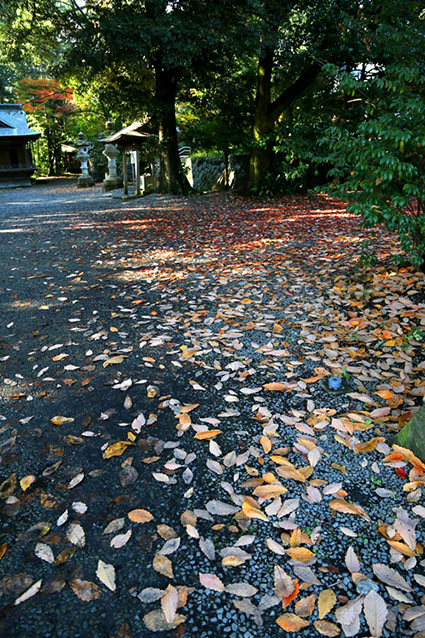
The pathway of Akiru Shrine adorned with autumn leaves.
I walked on the path paved with autumn leaves, the sunlight sporadically trickling through the dense branches of
towering trees. Observing the moss-covered stone guardians of the shrine, I felt a profound sense of tranquility and
serenity. At this moment, any worldly worries and hustle seemed to quiet down.
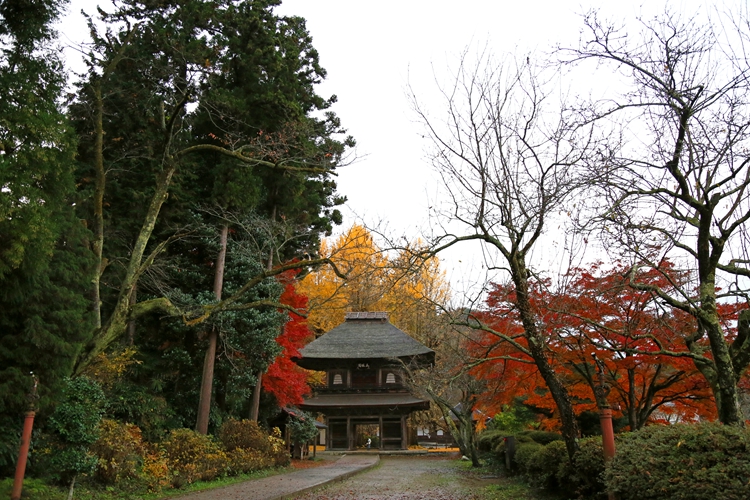
Kotokuji Temple
Coming out of Akiru Shrine, it took me only about a 10-minute drive to the nearby Kotokuji Temple.
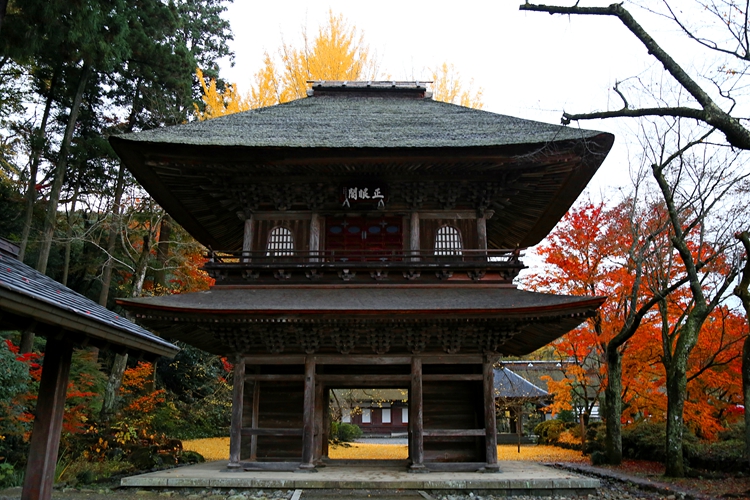
Kotokuji Temple and autumn leaves
Under the lingering glow of the setting sun, Kotokuji Temple is adorned with crimson leaves, bathed in hues of pink and
gold, resembling clouds and fire.
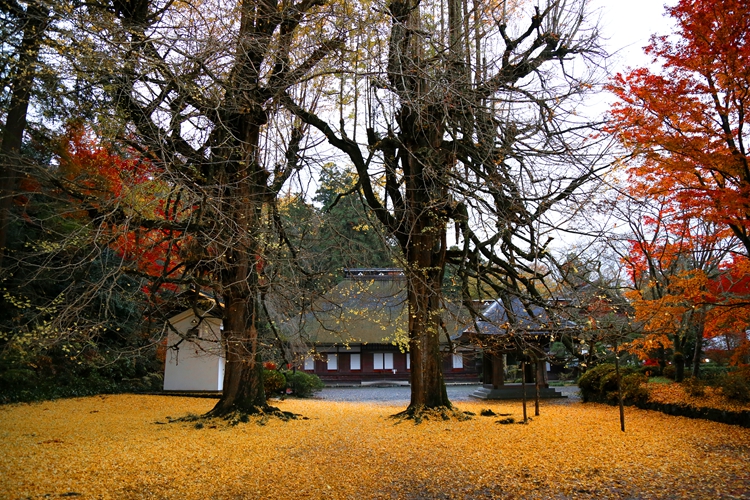
Kotokuji Temple and thousand-year-old gingkyo trees.
Beneath the thousand-year-old gingko trees, the falling leaves were like snow, covering the ground in a blanket of
golden yellow. Their beauty left me breathless.
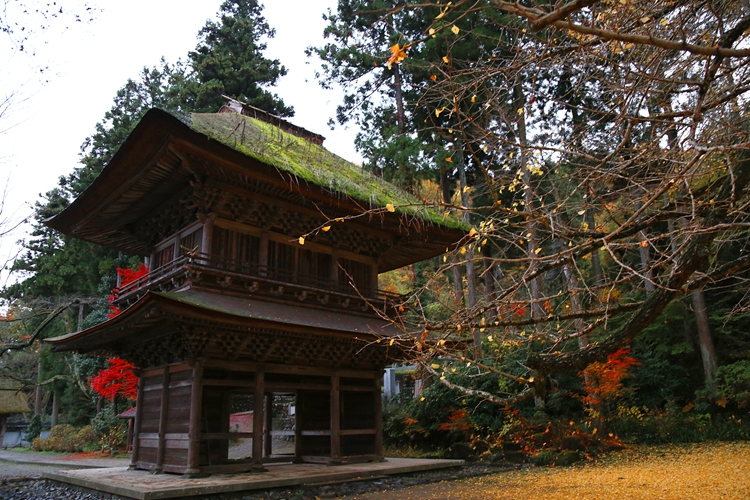
Kotokuji Temple's beautiful scenery
The most fortunate encounter in life, is indeed to encounter it in the most beautiful moment. I didn't miss it. That's
great~
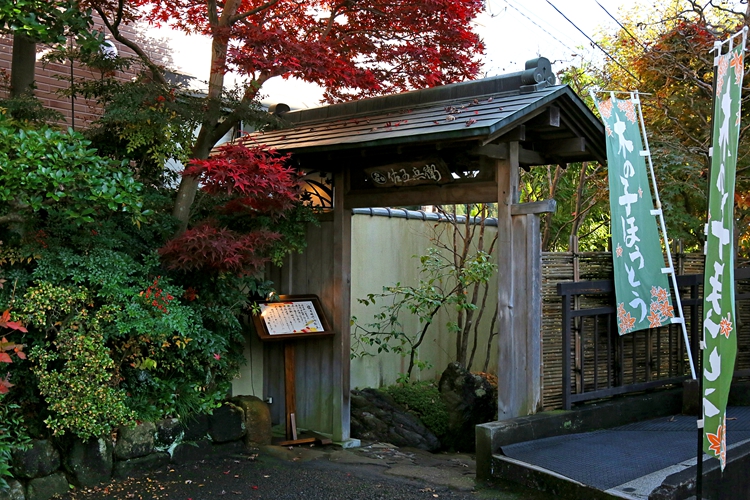
The entrance of Sagohei
For lunch the second day, I went to Sagohei, perhaps one of Japan's oldest eateries. Established in the 10th year of the
Tensho era, it has a history of over four hundred years. Specializing in traditional local cuisine, it has remained
prosperous and thriving to this day. Besides dedication and perseverance, the most important still is the skill and
sincerity of the chefs.
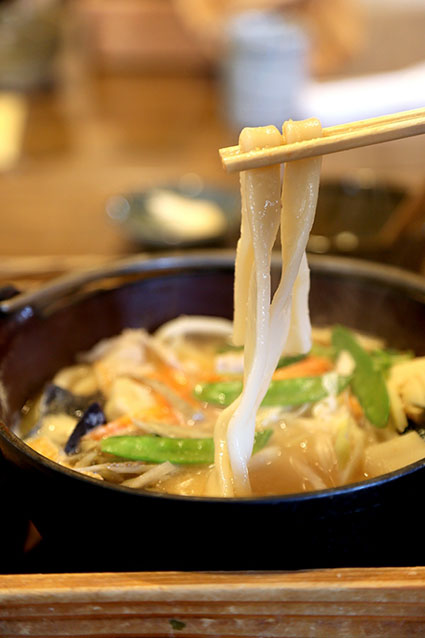
Sagohei Udon
This small bowl of hot pot udon contains over twenty different ingredients, with a passed-from-generation-to-generation
secret broth that is fresh, refreshing, and endlessly flavorful. If you ever find yourself in Musashi Itsukaichi, don't
miss out on this authentically delicious dish.
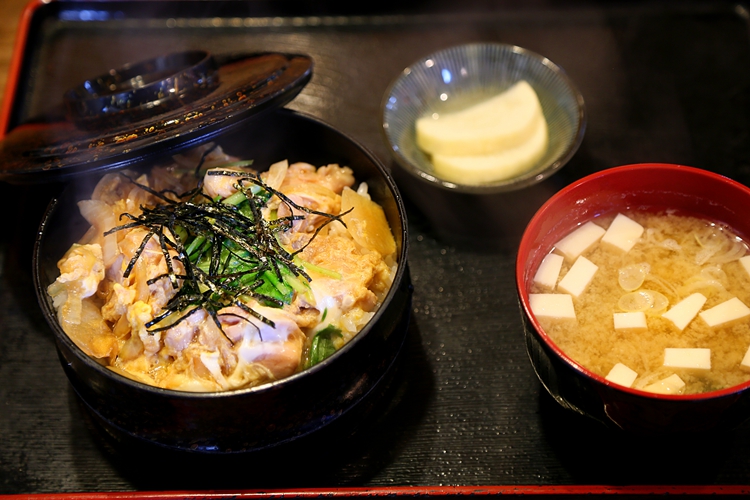
Sagohei Oyakodon
The Oyakodon and miso soup are also prepared with remarkable flavor. The sauce is rich and savory, the chicken is tender
but not greasy, and the onions are perfectly cooked, offering just the right balance of spiciness when half-raw and
melting and soft when half-cooked. The timing and temperature control are executed with great precision. The only thing that didn't quite appeal to me was the slightly sweeter taste of Japanese soy sauce, which didn't quite
match my taste.
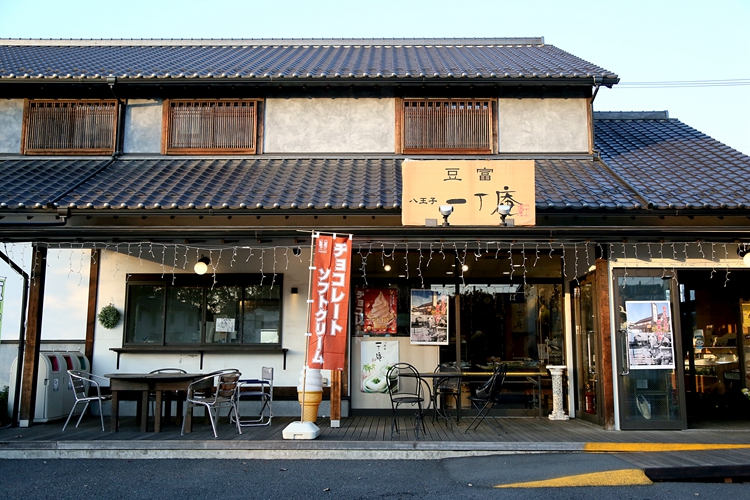
Exterior of Icchoan
Apart from Sagohei, Icchoan is also a must-visit in Musashi Itsukaichi. This is not a nunnery, nor is it a restaurant or
pub, but a century-old shop specializing in making tofu.
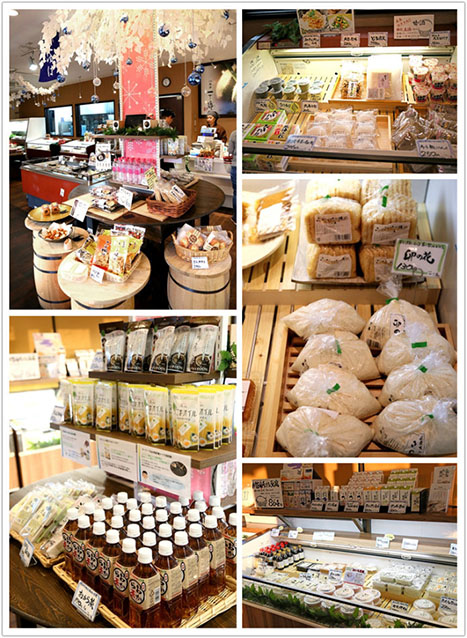
Icchoan's products
From fried or steamed, or stir-fried, or boiled, to the integration and evolution with modern dishes, have you tried
tofu-made cookies, pudding, mousse, cakes, or doughnuts? Combinations like tofu with matcha, tofu with cheese, and tofu
with ice cream further transformed my beliefs immediately.
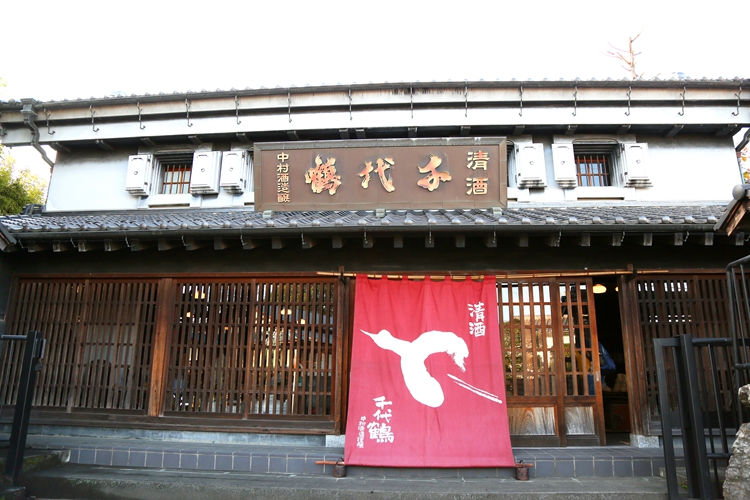
Sake Brewery Museum
Not far from Icchoan is the Chiyozuru Sake Brewery Museum, a small museum showcasing Chiyozuru sake, which is very
famous in Musashi Itsukaichi.
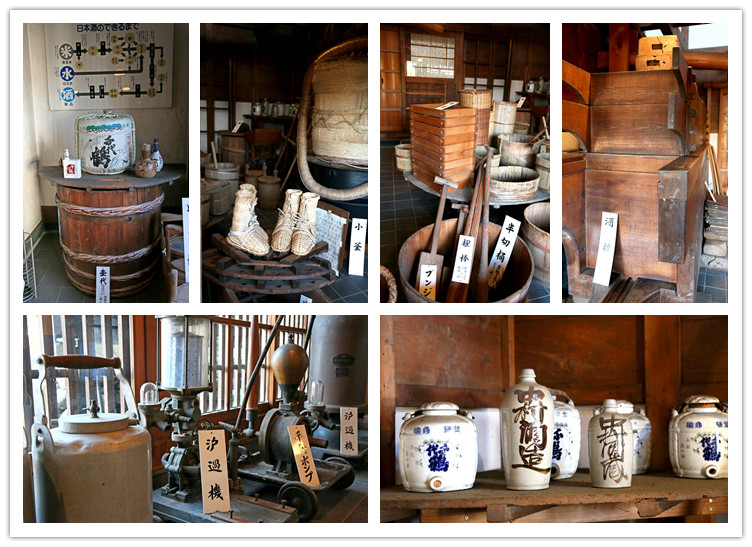
Inside the Sake Brewery Museum
There's a very small exhibition hall displaying some early Japanese sake-making equipment and tools. It's worth a visit
when you have some free time.
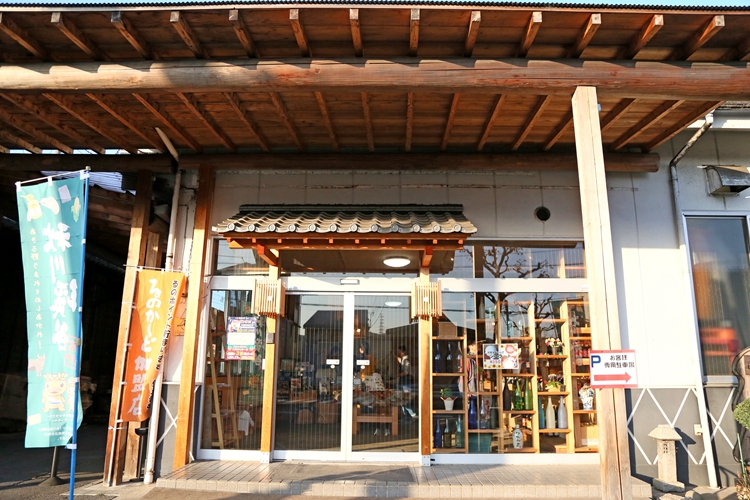
At Kondojozo
I'm pretty intrigued by "Kondojozo". Kondojozo is one of Japan's most renowned soy sauce brands, and an established name
with over a hundred years of history.
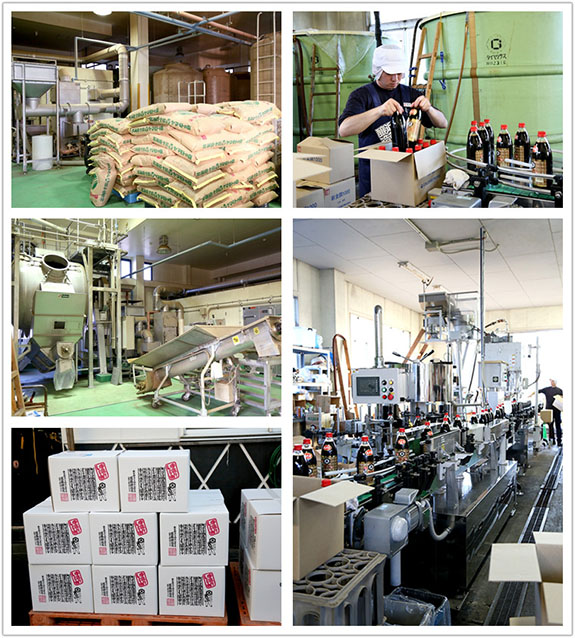
Japanese-style soy sauce
Here, the widest range of Japanese soy sauces is produced. If you go to any Japanese supermarket, you can see that this
brand`s soy sauces take up almost half of the condiment section.
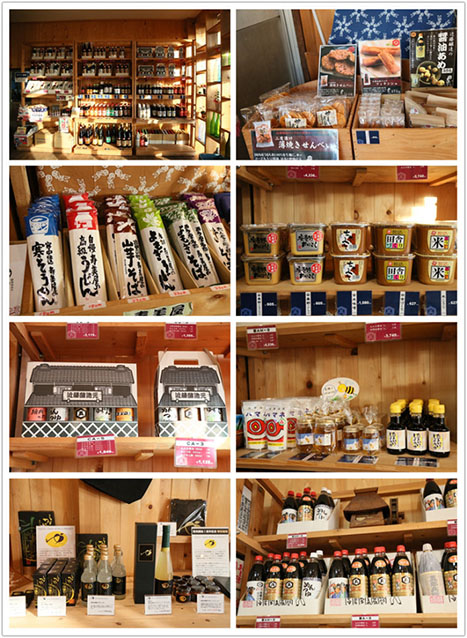
Many kinds of soy sauces
The variety of soy sauces in Japan is truly astounding. The different flavors and uses left me overwhelmed. I initially
only wanted to buy a few bottles to take home, but faced with so many options, I was at a loss what to choose. There are
rich, light, sweet, and savory varieties, each suitable for stir-frying, or mixing with vegetables, for boiling noodles,
for stewing soups, for frying pork cutlets, and for sukiyaki.


